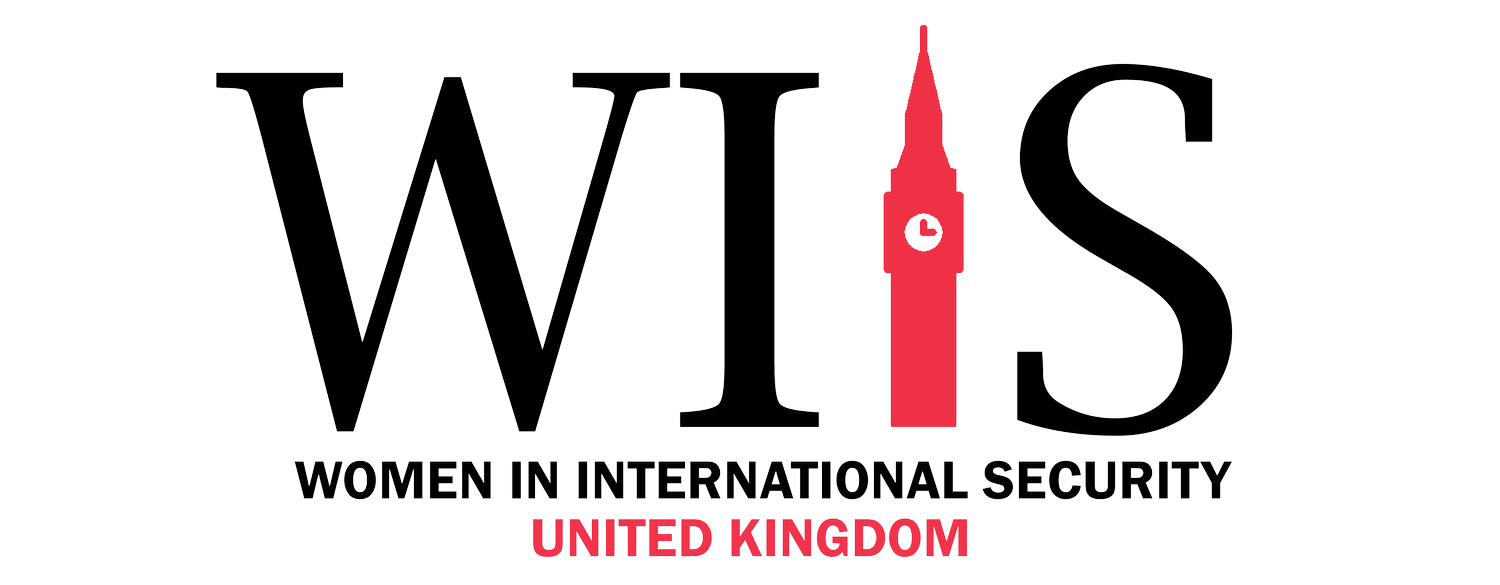
Building bridges between different nuclear worlds: A note from the 2019 PONI International Exchange
A field trip report by Dr Katarzyna Kubiak
Despite progress in reducing Cold War nuclear arsenals, the world’s combined inventory of nuclear warheads remains at a very high level of roughly 13,900. 46 percent of them belong to the United States, with over 800 warheads “on prompt alert” − ready to be launched within minutes. The human and financial resources devoted to the American nuclear deterrent are also enormous, and the responsibilities for the nuclear deterrent spread across the United States − from the President, via the rest of the Executive, through to the military and scientists.
I consider myself extremely lucky that the UK chapter of Woman in International Security (WIIS UK) nominated me to participate in the 2019 Project on Nuclear Issues (PONI) International Exchange held in the United States this September − an opportunity to meet with those who deliver the US nuclear mission.
Around ten British and ten American participants representing the industrial nuclear weapons complex, the nuclear energy sector, academia and think tanks meet each year, in either the US or UK for a nuclear weapons-related study tour. UK PONI and US PONI are research projects led by the Royal United Services Institute (RUSI) and the Center for Strategic and International Studies (CSIS) respectively. It allows participants to broaden and validate subject-matter knowledge. The result is to build a bridge between the policy, industry and military communities from both sides of the Atlantic.
In this year’s edition, the group spent the first days in Cheyenne, the state capital of Wyoming. Established as a Union Pacific Railroad construction site, residing next to the glorious Rocky Mountains, the city became home to the FE Warren Air Force Base – one of the most picturesque military sights in the United States. Since 1958, the base houses and operates nuclear land-launched intercontinental ballistic missiles (ICBM), which constitute one leg of the US nuclear triad (along with nuclear missile-armed submarines and strategic bombers).
During our visit, a team of “ground level” ICBM operators, maintainers, and security personnel allowed PONI participants to get a glimpse into their day-to-day work. The aging ICBM force puts an increased stress on the base’s ca. 3,000 military members who ensure the capabilities combat-readiness. While awaiting replacement with a newer system, it is up to this base’s highly dedicated people to make this leg of the triad safe, secure and effective under the limited resources available.
New technologies promise to ease the management of facilities and forces scattered throughout several US state territories, but in many instances will not substitute humans. If Washington deems a ground-based leg of the triad still necessary, it needs to display commitment to replacing it as quickly as possible to allow those responsible to deliver on their mission, reduce risks related to operating such an old force, and ensure that its unilateral pursuit of such dangerous security will have as little adverse effects as possible.
Next on the agenda was a visit to the Whiteman Air Force Base near Kansas City, Missouri. Here, participants had the unique opportunity to spend one day with pilots and maintainers of the most potent strategic bomber on Earth – the B2. Maintaining and operating such a bomber is not only costly, but requires a whole number of perfectly synchronised workforce available around the clock. Flights lasting for a day or longer are putting an enormous stress on the crew’s body and psyche, while even a small mistake could cost many lives. The PONI group was lucky that these overly busy people squeezed us in between overflights in Europe and Asia aimed at projecting American power and reassuring allies around the world about American commitment to their security.
The study tour ended with a visit to the Kansas City National Security Campus (KCNSC). The site is the main hub devoted to maintaining, researching and developing non-nuclear elements that allow keeping American nuclear weapons safe, secure and reliable.
The visit made clear that in a time when nuclear weapons do not necessarily provide the only or even the best response to most of the security challenges states are facing, including terrorism or cyber-related threats, the mere size of nuclear arsenals might not be the ultimate determinant of winning future conflicts. Especially, if the arsenal is old and pressure to disarm big. Being ahead of the technological curve – so exactly, what the laboratory is doing - might provide a solution to keeping the US deterrent credible for years to come without compromising on international obligations.
The UK-US PONI exchange served a once-in-a-lifetime experience. And while witnessing the sacrifice, dedication and motivations each and every Air Force member and laboratory employee brings to America’s nuclear mission is reassuring, answers to the question of why we still need so many nuclear weapons remained insufficient.
The annual US-UK Project for Nuclear Issues (PONI) bilateral mid-career programme is an initiative organised by Royal United Services Institute (RUSI) UK PONI and Center for Security and International Studies PONI. The aim of these yearly exchanges is to deepen the knowledge of professionals working on nuclear weapons issues, as well as build trans-Atlantic networks.
From 23 to 27 September 2019, PONI organised a week-long trip around the United States to visit nuclear defence sites and interact with nuclear operators. Since 2018, WIIS UK has partnered with UK PONI and nominated one WIIS participant for the trip. After Dr Tzinieris in 2018, this year’s WIIS UK nominee is Dr Katarzyna Kubiak, who works as a Policy Fellow on nuclear and arms control policy at the European Leadership Network (ELN) in London. Dr Kubiak is an expert on nuclear arms control and disarmament, nuclear non-proliferation, as well as ballistic missile defence.
Header image by Senior Airman Breanna Carter/Warren Air Force Base.

